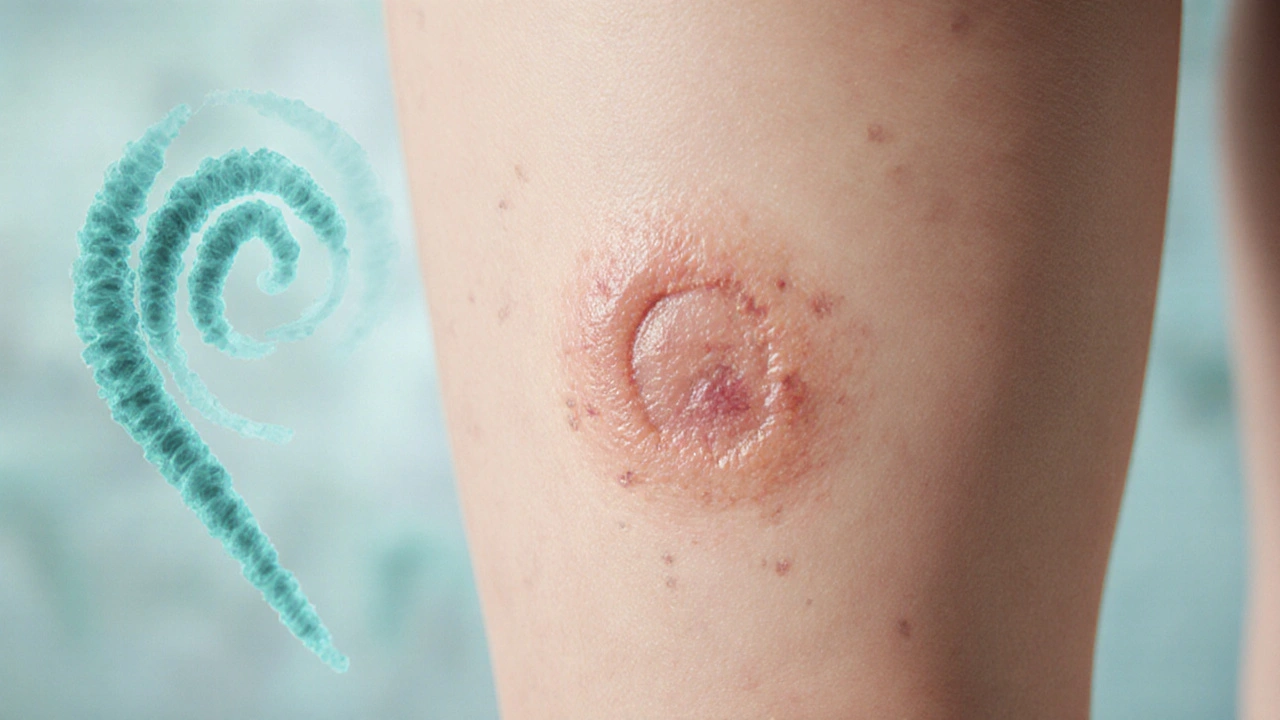Syphilis Stages: What Happens When It Progresses and How to Spot Each One
When you hear syphilis, a bacterial infection spread mostly through sexual contact. Also known as the great imitator, it can look like many other conditions—until it’s too late. The good news? It doesn’t jump straight to disaster. Syphilis moves in clear stages, predictable phases that show how the infection spreads through the body. Each one has distinct signs, and catching it early means you can stop it with a simple antibiotic shot.
It starts with a single sore—usually painless, often hidden—called a chancre, the hallmark of primary syphilis. This appears about 3 weeks after exposure, often on the genitals, rectum, or mouth. Many people miss it because it doesn’t hurt and goes away on its own in a few weeks. That doesn’t mean the infection is gone. It just moves underground.
Then comes secondary syphilis, the stage where the body’s immune system finally reacts. This is when you start seeing symptoms everyone notices: a rough, red rash on the palms and soles, swollen lymph nodes, fever, sore throat, and sometimes patchy hair loss. You might feel like you have the flu. This stage can come and go over months. Still, without treatment, the bacteria keep spreading—now into your blood, nerves, and organs.
After years of silence, some people enter tertiary syphilis, the most dangerous phase. This isn’t common today thanks to testing, but when it happens, it’s serious. It can destroy your heart, brain, eyes, bones, and spinal cord. Problems like stroke, dementia, blindness, or paralysis can appear decades after the first sore. Even worse, you might not realize the damage is from syphilis until it’s too late to reverse.
There’s also a fourth stage—latent syphilis, when no symptoms show but the infection is still active. You could be infected for years without knowing. That’s why regular testing matters, especially if you’re sexually active with new or multiple partners.
What you won’t find in most guides is how often syphilis is misdiagnosed. The rash looks like allergies. The sore gets mistaken for a pimple. The fatigue gets blamed on stress. That’s why knowing the syphilis stages isn’t just medical knowledge—it’s a survival tool. If you’ve had unprotected sex and notice any unusual sore, rash, or unexplained fatigue, get tested. No shame. No waiting. A simple blood test can catch it before it turns life-changing.
Below, you’ll find real-world guides that break down how syphilis interacts with other conditions, how it’s treated alongside other infections, and what to do if you’ve been exposed. These aren’t theory pieces—they’re practical, tested advice from people who’ve been there, and the doctors who helped them get back on track.
- Archer Pennington
- 17
Syphilis Stages Explained: From Primary to Tertiary
Learn the four stages of syphilis, their symptoms, diagnosis methods, and treatment options. Get clear guidance on prevention, early detection, and when to seek medical care.
Read more
